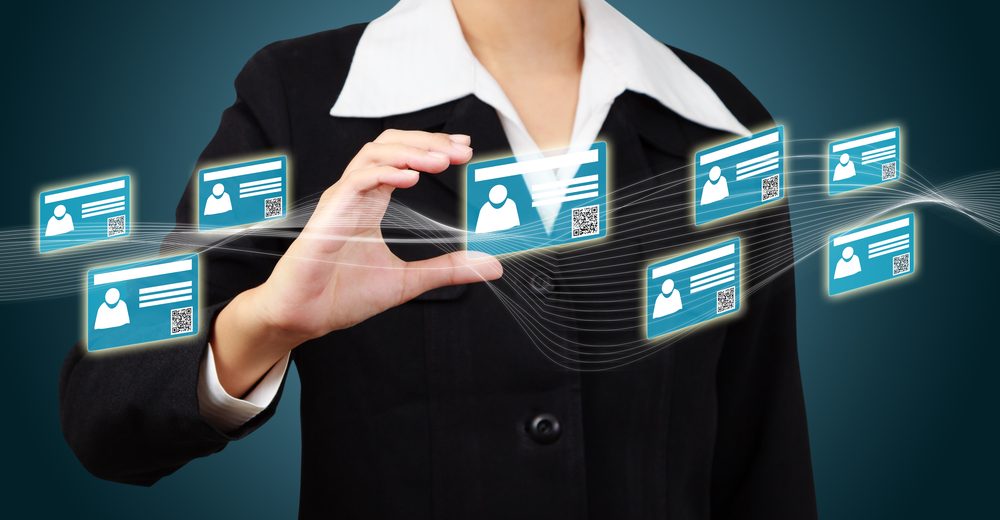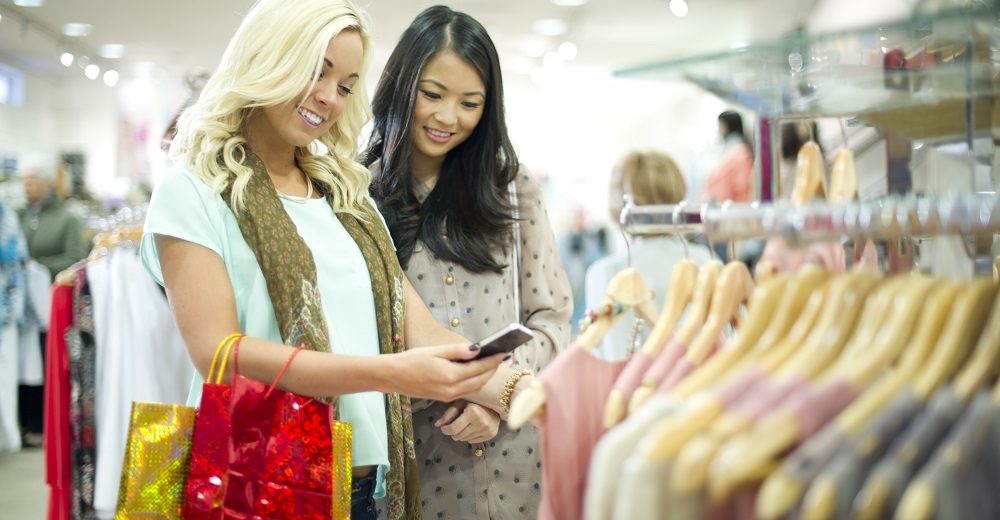Imagine how freeing it would be to walk around without your wallet, without the fear of misplacing it or having it stolen. That’s the future with digital wallets on the horizon. Your phone will act as a device that stores your personal information, updates you on sales and discounts, and provides you safe access to your money. Learn more about this revolution when you read on.
Personal Data
Digital wallets use multiple layers of encryption to hide sensitive data about the consumer, and the business. Each transaction is anonymous, and everything takes place in something of a digital vacuum. As a result, personal data is rarely put at risk. In fact, most of this data is anonymous and disappears the moment the transaction is completed.
Ease of Use
Already, digital wallets provide an important means to move money around online. They are useful to freelancers around the world as a means of converting currency for the work they do, and can pay for goods and services. All of this can be done from your phone in just a few taps. Forget your phone, or run out of batteries? Not to worry, you’ll be able to log in and pay wherever there is an Internet connection available.
Loyalty
When you shop at a certain store, they’ll not only learn your buying habits they will present coupons and special offers tailored to you. No more remembering coupons, everything will be saved to your device. Shopping will be easier, more affordable and secure with digital wallets.
Charge.com provides mobile credit card processing for small and mid-sized businesses.

